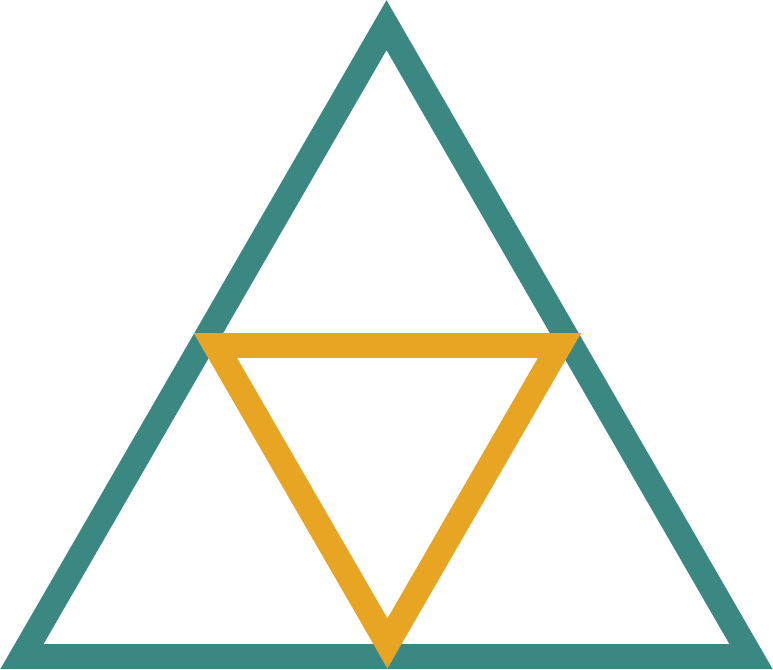Yoga 101: A Quick and Dirty Reference for You and Your Patients
I had the great pleasure of acting as right-hand woman to my dear friend and yoga for pelvic health expert, Dustienne Miller, this past weekend. I got to chime in, answer questions, and lend assists as she led 25 pelvic floor physical therapists in her Herman & Wallace course, Yoga for Pelvic Pain, in Seattle, WA.
One fun thing about the class was that we had women of all levels of yoga experience in the class which allowed us to show up and teach from a beginner’s point a view. I was inspired to write this blog as a “quick and dirty” reference for the types of yoga one might encounter so that my fellow PTs and potential clients can make appropriate referrals/choices when they choose to seek out a yoga practice. This list is by no means exhaustive nor is it more than a very basic way of interpreting the types and styles of classes that you may see on a yoga schedule.
Hatha
Hatha yoga is a broad term that refers to the physical postures (aka asanas) incorporated and practiced in many different styles of yoga. A hatha yoga class will usually be gentle, slower paced, and involve longer holds in each posture. Hatha classes are a great place to start as there’s usually a little more time to refine the postures than faster paced flow classes.
Vinyasa or Flow
Vinyasa translates to “place in a special way” and usually incorporates a flow-based class that emphasizes linking breath to movement. Styles can range from slow-flow, core-based flow, hot flow, or flow with weights. Class is usually centered around building heat in the body through a mindful sequencing of postures. Depending on the level of class, the instructor, and the participant's ability this may be a good class to start with.
Yin
Yin yoga is a gentle approach to yoga incorporating a slow flow and/or supportive postures held for longer periods of time. The practice is cooling and more passive (compared to a yang vinyasa class) and great for those who need modifications due to injuries or are newer to the practice. Longer holds tend to emphasize an effect on the deeper connective tissues/ fascial systems which can be nice to incorporate as part of a rehab program.
Restorative
Restorative yoga is another more passive form of yoga (often taught with yin) using a wide variety of props in order to let the body rest and relax into each posture. The goal is to literally let the body and nervous system restore and rejuvenate through a more meditative practice. We all need more of this in our lives!
Pre or Post- Natal Yoga
Peri-natal yoga classes are excellent for mammas to be or any new moms. Teachers in these classes tend to be well educated on anatomy, modifications, use of props, and contra-indications during the different stages of baby growing.
Ashtanga
Ashtanga yoga is a vigorous and athletic form of yoga. It’s a set series of postures that flows swiftly and with the breath. It’s the basis for many vinyasa- based classes that are practiced in the US. Classes tend to be for the more experienced practitioner and not necessarily great for injuries or modifications.
Kundalini
Kundalini yoga is a spiritual, energetic, and physical yoga practice incorporating breath work, physical postures/exercises, meditation, and chanting. Kundalini’s focus is on using the body, breath, and mantra as a way to move energy. There are a wide variety of kundalini practices which may or may not be accessible to the participant. Teachers don’t generally offer modifications so if you’re a PT, it’d be great to advise your patients on what is safe or unsafe movement prior to a class. Kundalini is one of my favorite practices to calm my nervous system.
Iyengar
Iyengar yoga is a form of Hatha yoga that focuses on precision, flexibility, strength, and balance of breath. The use of props is very common in Iyengar classes as a way to most precisely access a particular pose. This practice can be an excellent rehabilitative tool.
Bikram
Bikram yoga is a school of yoga that consists of an intense set sequence of 26 postures performed in an artificially heated room (up to 108 degrees). It’s an athletic practice given the artificial heat so prepare to feel like you’ve jumped into a pool as you walk out of class!
There are many other forms of yoga out there that can be therapeutic for the mind, body, and soul! Meditation, kids yoga, bhakti yoga, yoga of sound (sound baths/gong baths), mantra, kirtan and spiritual music, laughing yoga, and pranayama/breath work are all excellent options!
Dustienne and I will be leading a combination of these practices in our upcoming "Retreat to Your Root: Yoga for Pelvic Health" (May 26-28th in San Luis Obispo or Oct 27-29th in Boston area). If you can't make the retreat I encourage you to get out there and explore your options, take from as many teachers as you can, and discover what feels good in your body!
Great yoga resources include: yogajournal.com, yogaglo.com, and mindbodygreen.com.

